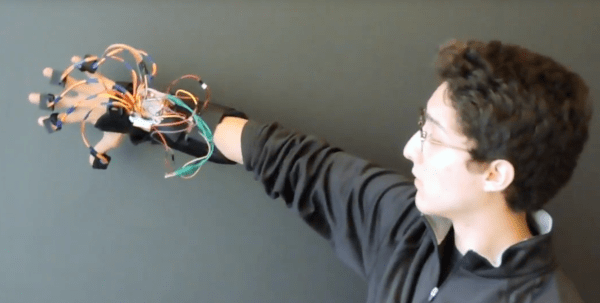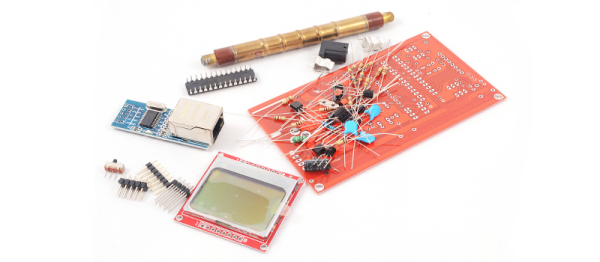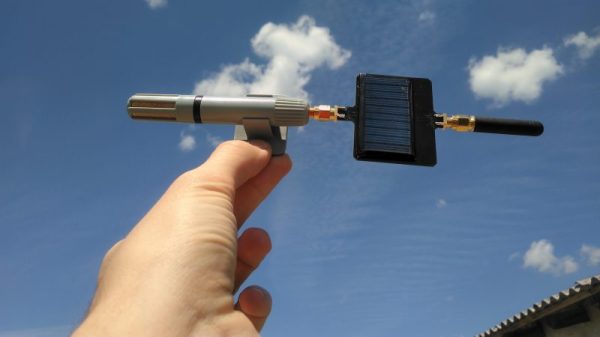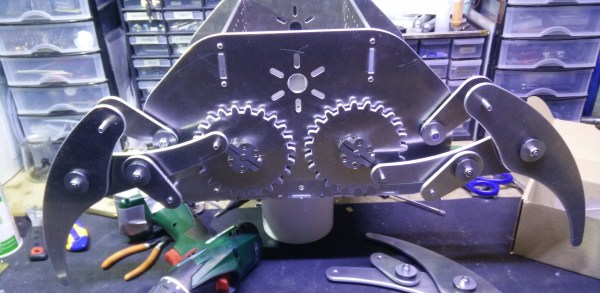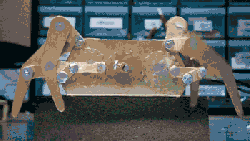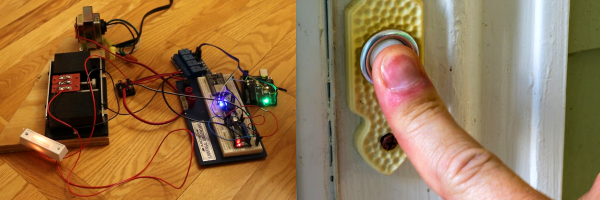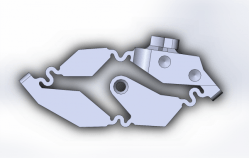Students at Purdue University’s Weldon School of Biomedical Engineering created ExoMIND, an Arduino-powered glove that helps a stroke victim recover by tracking the range of motion the patient experiences.
A set of 7 accelerometers in the fingers, wrist, and forearm track the range of movements the patient is experiencing with that hand. An accelerometer on the back of the hand serving as a reference. Meanwhile, an EMG sensor working with a conductive fabric sleeve to measure muscle activity. The user follows a series of instructions dished out by an interactive software program, allowing the system to test out the patient’s range of motion at the beginning of the regime as well as to record whether any improvement was noted at the end. The data is used by a physical therapist to personalize the treatment plan. The interactive program also raises the possibility of patients self-directing their exercises with the ExoMIND telling them how to adjust their motion to get the most out of the experience.
Produced as part of the university’s MIND Biomedical Engineering Club, the ExoMIND prototype was designed by three interdisciplinary teams focusing on electronics, materials, and programming, respectively.
Continue reading “Hackaday Prize Entry: Stroke Rehabilitation Through Biofeedback”

